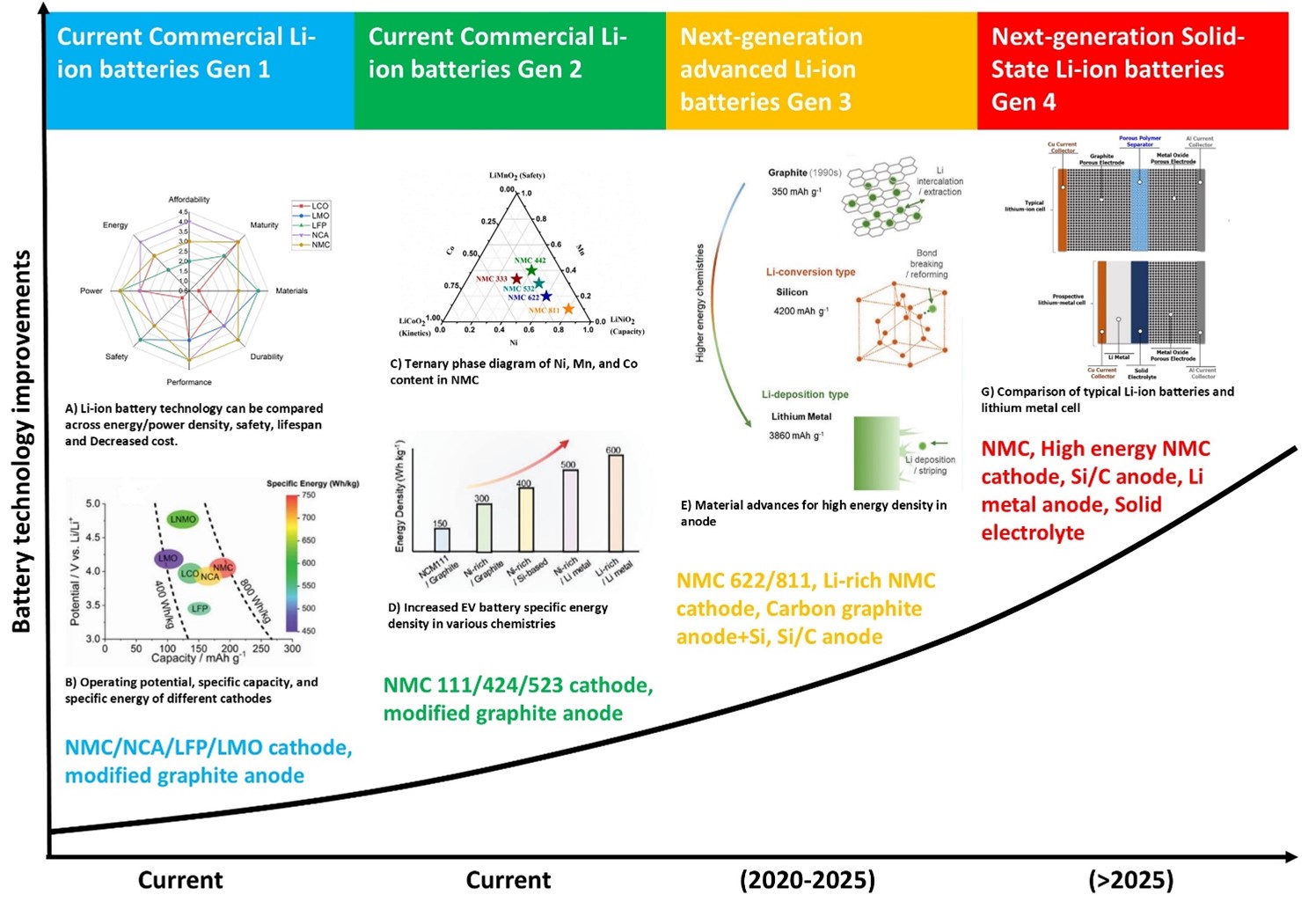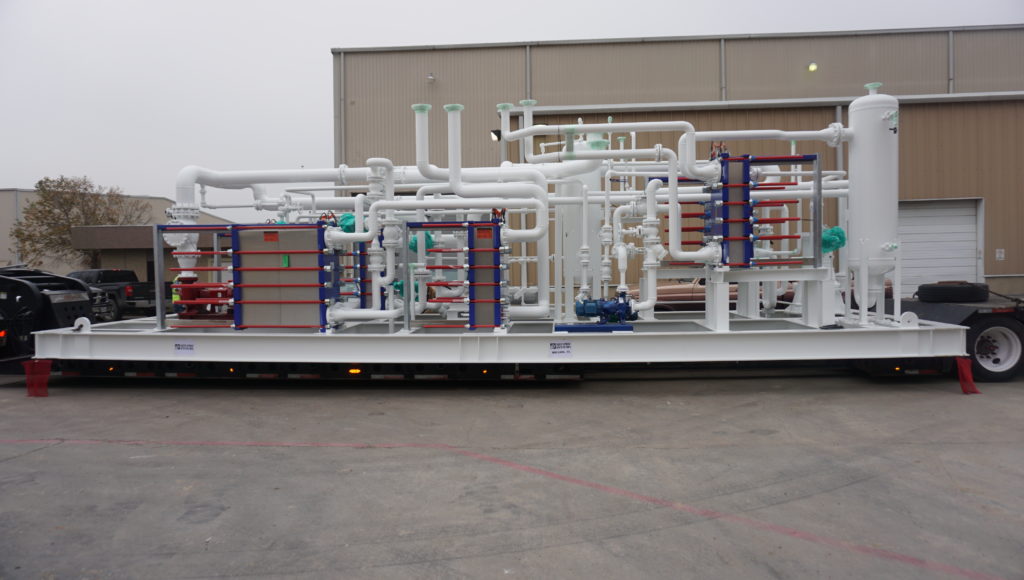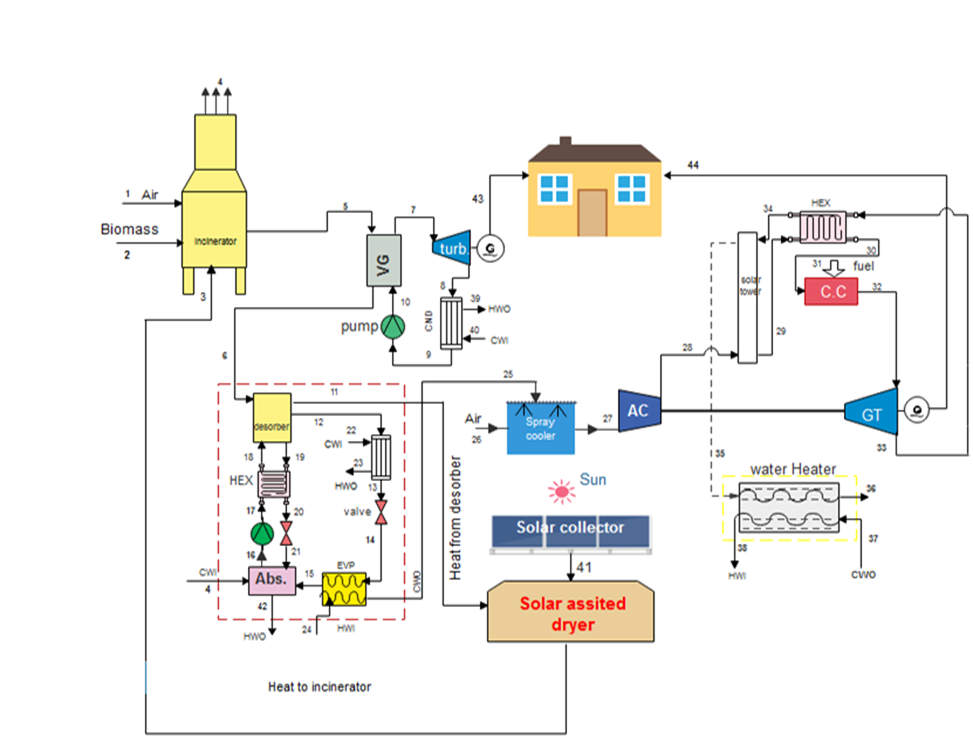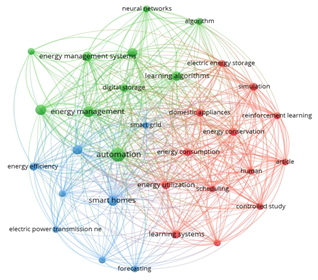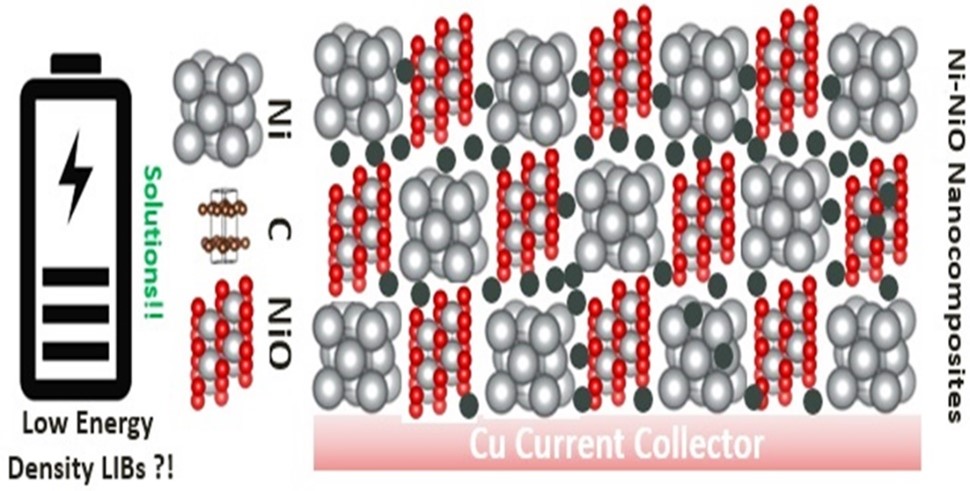Analyzing meteorological parameters using Pearson correlation coefficient and implementing machine learning models for solar energy prediction in Kuching, Sarawak
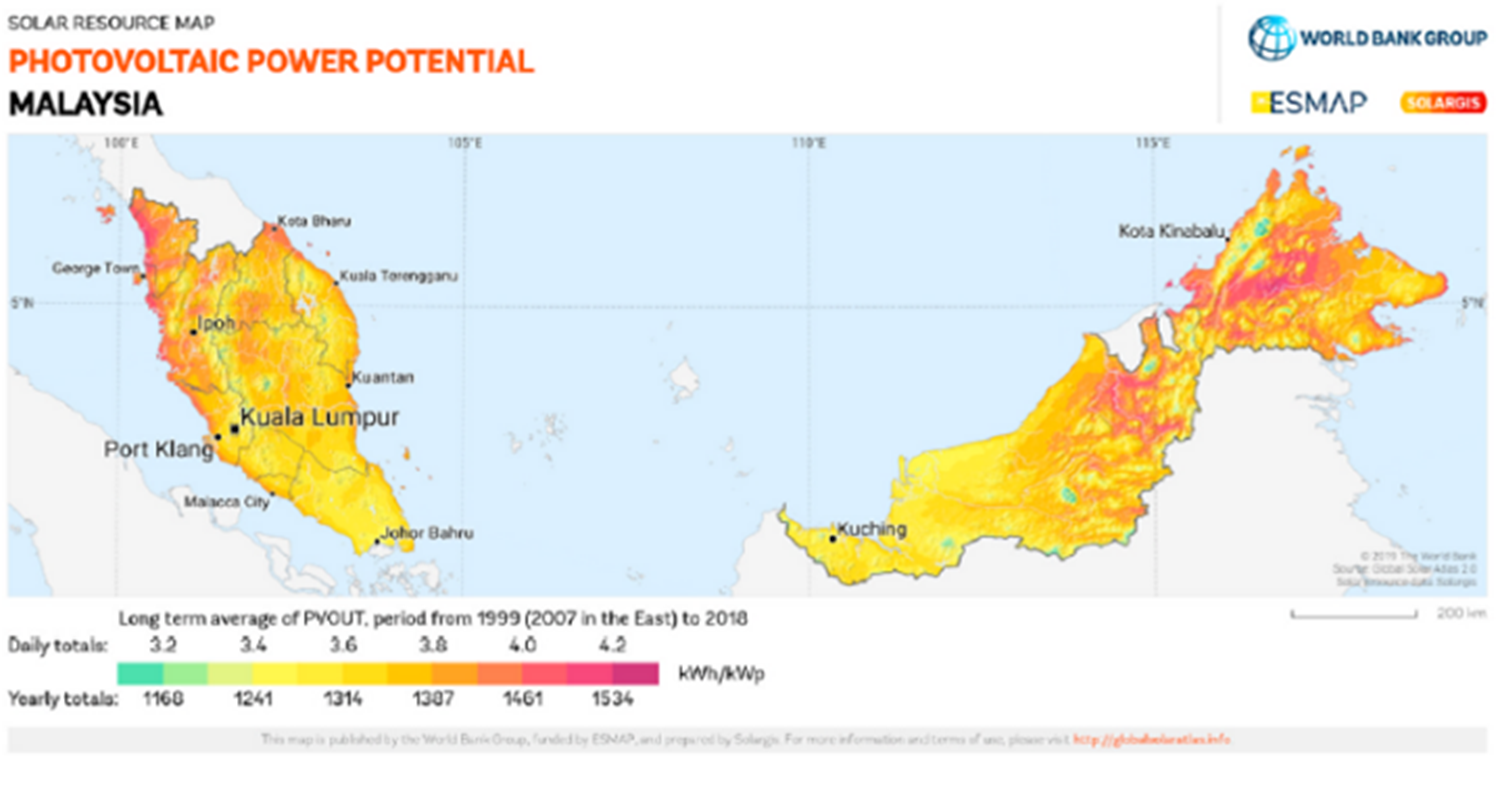
Downloads
Solar energy is one of the clean renewable energy sources that can offset the rising consumption of fossil fuels. However, the meteorological parameters, such as solar irradiance, ambient and solar module temperatures, relative humidity, etc., constantly change, and so does the solar power generation. Such variations cause instability in the power grid operation due to injecting an unpredicted amount of power. Hence, solar energy prediction models capable of learning from past weather data and predicting future energy generation are highly desired for grid operation and planning. The objective of this study is to determine the suitable meteorological parameters for the solar energy prediction model based on the Pearson correlation coefficient and to implement them in different machine learning models. It is found in this study that five meteorological parameters, namely Air temperature, cloud opacity, global tilted irradiance, relative humidity, and zenith angle, correlate highly with solar energy generation. Later, based on the correlations, four machine-learning models were implemented to predict the solar power for Kuching, Sarawak. The accuracy of the models is measured through standard matrices such as root mean square error, mean square error, mean absolute error, and R-squared value.
J. L. Holechek, H. M. Geli, M. N. Sawalhah, and R. Valdez, "A global assessment: can renewable energy replace fossil fuels by 2050?," Sustainability, vol. 14, no. 8, p. 4792, 2022.
M. Wong, H. N. Afrouzi, A. Hassan, E. Jayamani, J. Tavalaei, J. Sunarso, & K. Mehranzamir, "Design and Techno-Economic Analysis of a Hydrogen-Based Micro Hydro-Solar Hybrid Energy System for Sustainable Energy Access: A Case Study in Sri Aman, Sarawak." IJEETC, vol. 13, no. 1, 2024.
M. Vaka, R. Walvekar, A. K. Rasheed, and M. Khalid, "A review on Malaysia’s solar energy pathway towards carbon-neutral Malaysia beyond Covid’19 pandemic," Journal of cleaner production, vol. 273, p. 122834, 2020.
F. S. M. Chachuli, N. A. Ludin, M. A. M. Jedi, and N. H. Hamid, "Transition of renewable energy policies in Malaysia: Benchmarking with data envelopment analysis," Renewable and Sustainable Energy Reviews, vol. 150, p. 111456, 2021.
Cheng, B. W. Z., Mehranzamir, K., Afrouzi, H. N., & Hassan, A. (2022). Feasibility analysis and economic viability of standalone hybrid Systems for Marudi Electrification in Sarawak, Malaysia. Future Energy, 1(2), 28-45.
P. Kumari and D. Toshniwal, "Deep learning models for solar irradiance forecasting: A comprehensive review," Journal of Cleaner Production, vol. 318, p. 128566, 2021.
M. Sun, C. Feng, and J. Zhang, "Probabilistic solar power forecasting based on weather scenario generation," Applied Energy, vol. 266, p. 114823, 2020.
M. S. Alam, F. S. Al-Ismail, A. Salem, and M. A. Abido, "High-level penetration of renewable energy sources into grid utility: Challenges and solutions," IEEE Access, vol. 8, pp. 190277-190299, 2020.
J. Chakchak and N. S. Cetin, "Investigating the impact of weather parameters selection on the prediction of solar radiation under different genera of cloud cover: A case-study in a subtropical location," Measurement, vol. 176, p. 109159, 2021.
I. Jebli, F.-Z. Belouadha, M. I. Kabbaj, and A. Tilioua, "Prediction of solar energy guided by pearson correlation using machine learning," Energy, vol. 224, p. 120109, 2021.
D. Markovics and M. J. Mayer, "Comparison of machine learning methods for photovoltaic power forecasting based on numerical weather prediction," Renewable and Sustainable Energy Reviews, vol. 161, p. 112364, 2022.
M. S. Hossain and H. Mahmood, "Short-term photovoltaic power forecasting using an LSTM neural network and synthetic weather forecast," Ieee Access, vol. 8, pp. 172524-172533, 2020.
C.-J. Huang, Y. Ma, and Y.-H. Chen, "Solar Radiation Forecasting based on Neural Network in Guangzhou," in 2020 International Automatic Control Conference (CACS), 2020: IEEE, pp. 1-5.
O. S. Ojo, "Evaluation of photovoltaic solar power using the different operating temperature models over a tropical region," Energy Systems, pp. 1-23, 2023.
H. Zhu, H. Chen, W. Zhu, and M. He, "Predicting Solar cycle 25 using an optimized long short-term memory model based on sunspot area data," Advances in Space Research, vol. 71, no. 8, pp. 3521-3531, 2023.
"https://solcast.com/data-for-researchers." (accessed 15 June, 2021).
J. Ahmed and Z. Salam, "An Enhanced Adaptive P&O MPPT for Fast and Efficient Tracking Under Varying Environmental Conditions," IEEE Transactions on Sustainable Energy, vol. 9, no. 3, pp. 1487-1496, 2018, doi: 10.1109/TSTE.2018.2791968.











